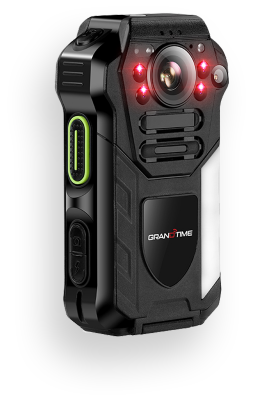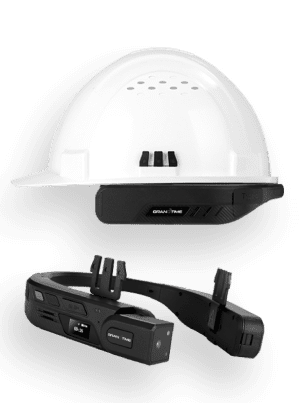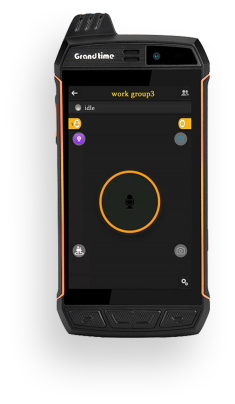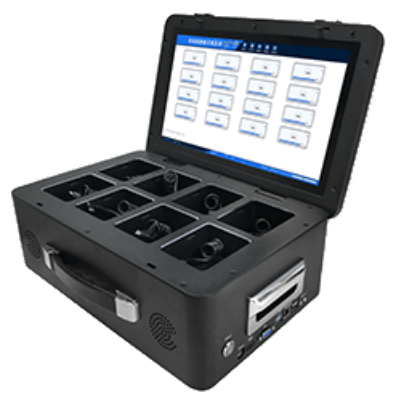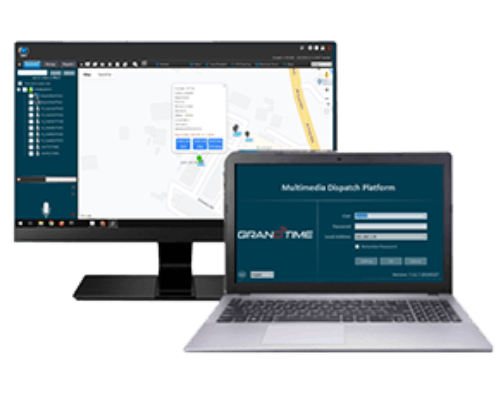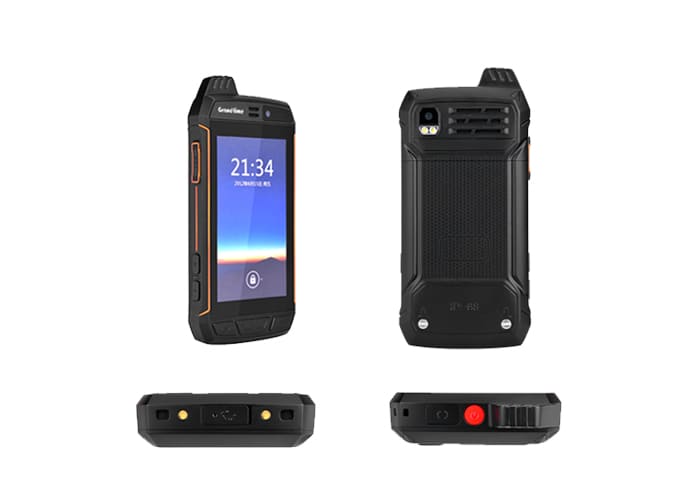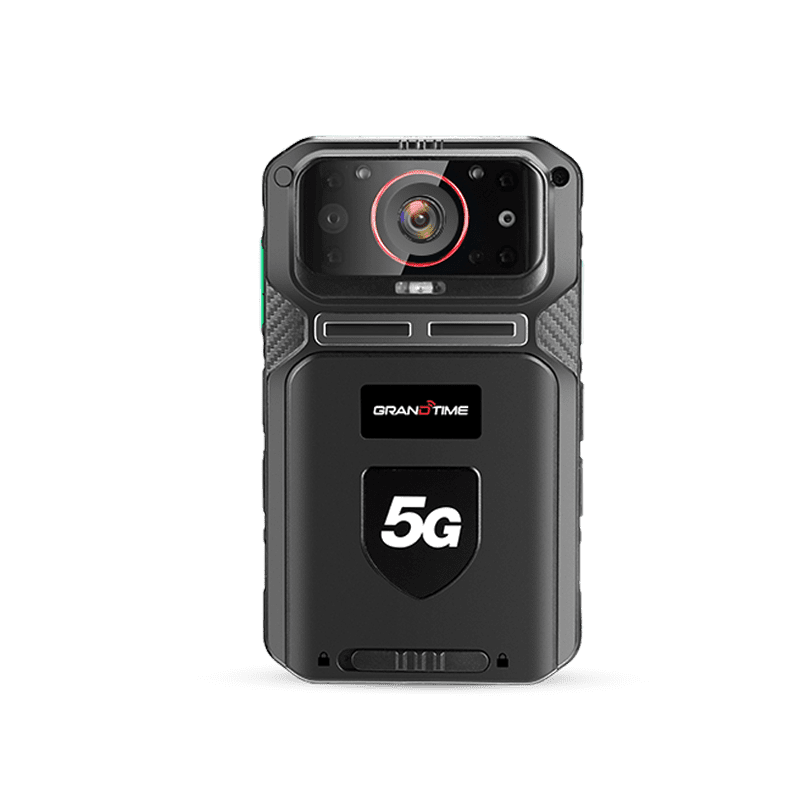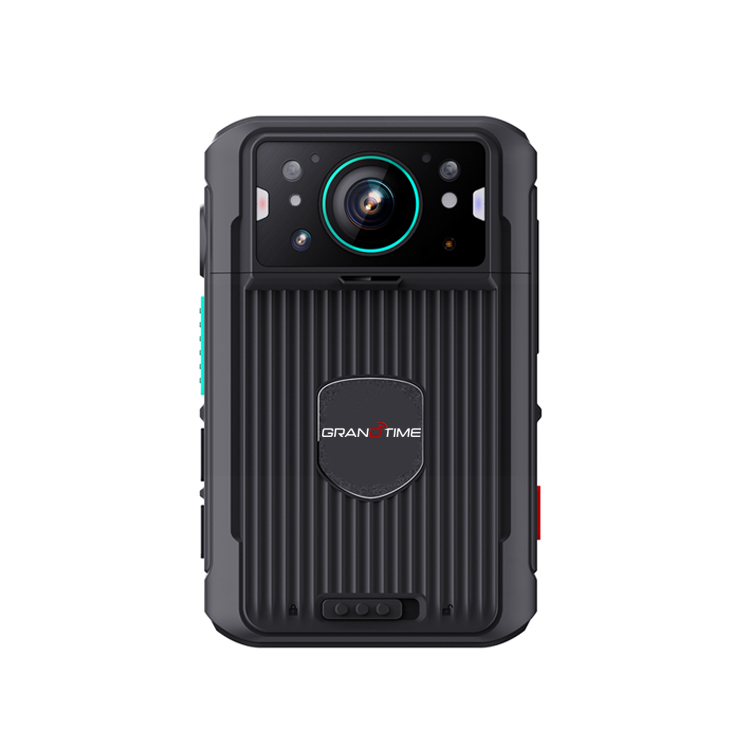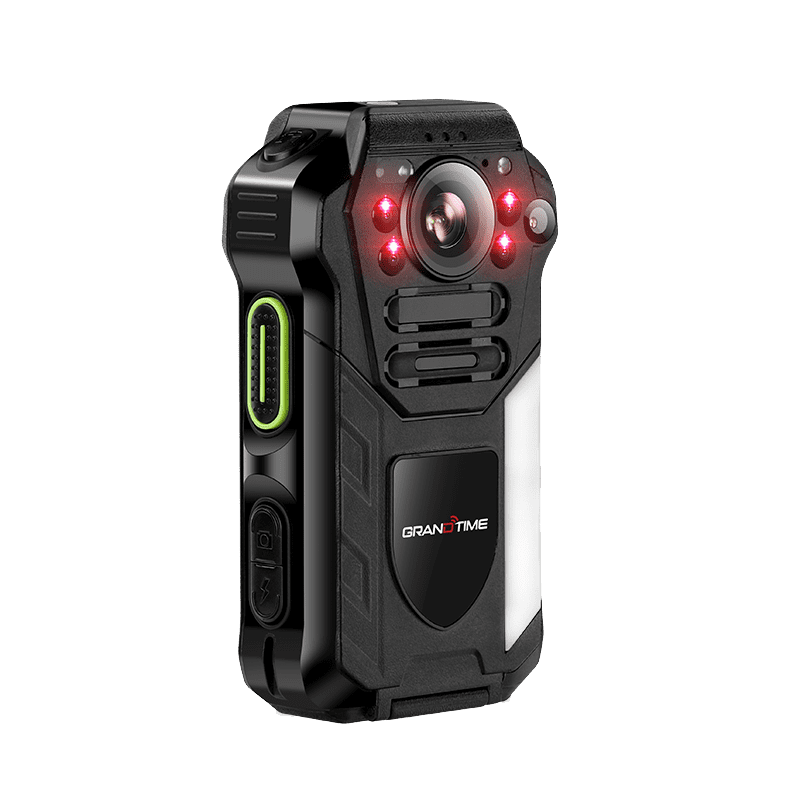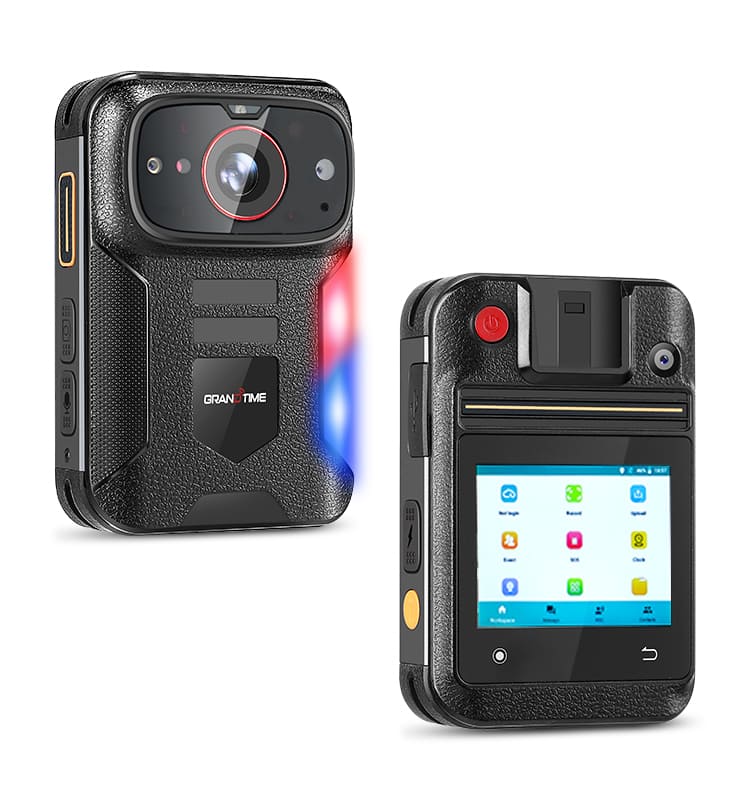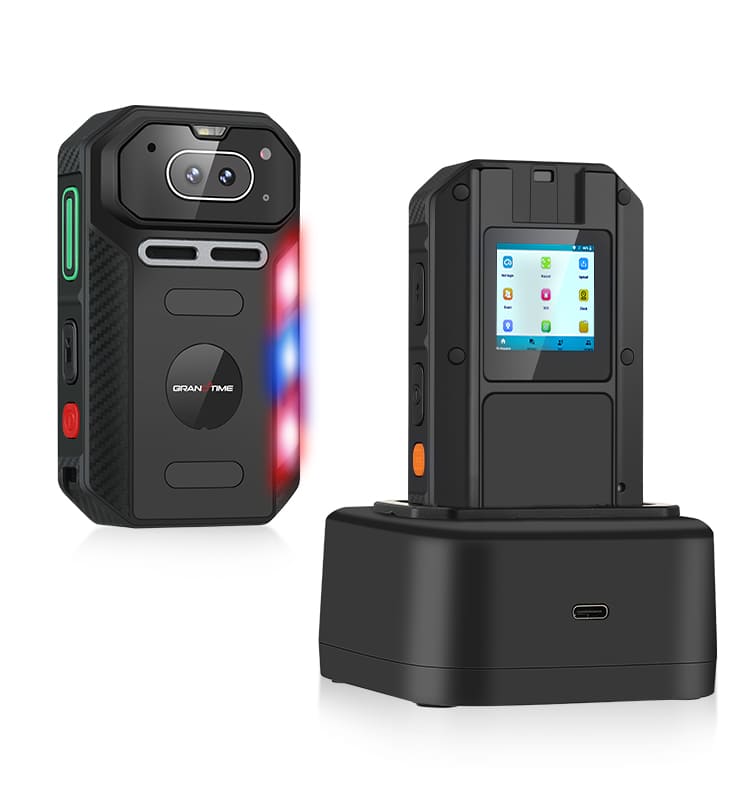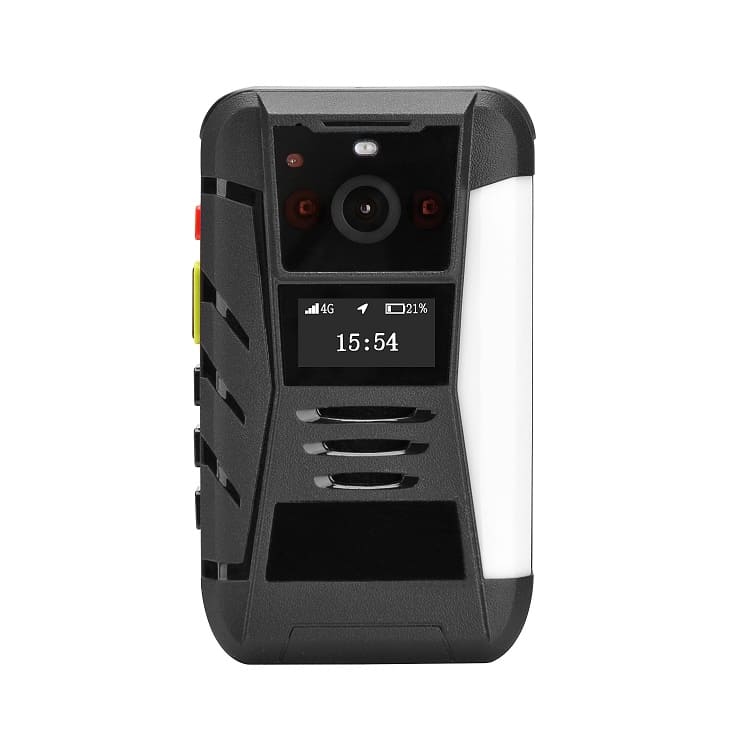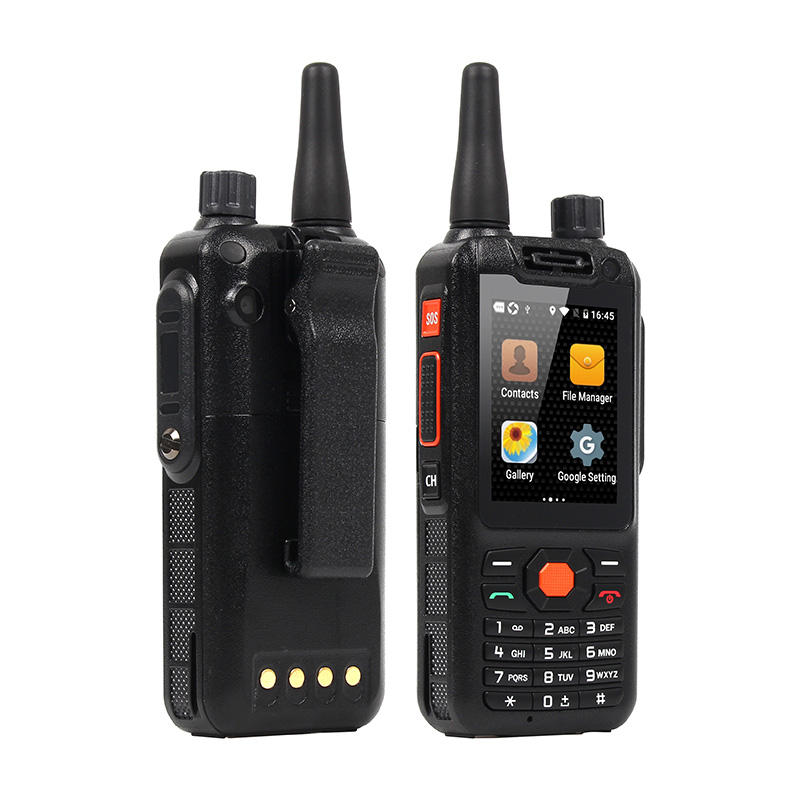Unlike traditional two-way radios, PoC radios leverage mobile networks and internet connectivity, offering a range of options to suit different operational needs. Understanding these connectivity options can help you choose the right PoC radio solutions. Here’s a breakdown of the primary connectivity options available.
Cellular Connectivity
The most common connectivity option for PoC radios is cellular. These devices utilize existing mobile networks (3G, 4G, and increasingly 5G) to transmit voice and data. Cellular connectivity offers several advantages:
Wide Coverage: With cellular networks available in most urban and rural areas, users can communicate over vast distances without the need for specialized infrastructure.
Voice Clarity: Cellular networks often provide high-quality voice transmission, minimizing disruptions and enhancing communication effectiveness.
Scalability: Businesses can easily add more users as their needs grow, making cellular-connected PoC radios suitable for organizations of any size.
Wi-Fi Connectivity
Many PoC radios also come equipped with Wi-Fi capabilities, allowing them to connect to local networks. This option is particularly beneficial for:
Cost Savings: Using Wi-Fi can reduce data costs, especially for organizations operating in areas with robust internet infrastructure.
Real-Time Data Transfer: Wi-Fi connectivity enables real-time data transfer, allowing users to share important information instantly, such as location updates or emergency alerts.
Indoor Communication: In large facilities like warehouses or factories, Wi-Fi connectivity ensures that users remain connected even when cellular signals may be weak.
Bluetooth Connectivity
While not a primary communication method, Bluetooth connectivity can enhance the functionality of PoC radios. This option is useful for:
Accessory Integration: Users can connect headsets, microphones, or other accessories via Bluetooth, providing hands-free operation and improving safety in various environments.
Data Syncing: Bluetooth can facilitate the syncing of data between the PoC radio and other devices, such as smartphones or tablets, making it easier to manage communication and information.
Satellite Connectivity
For users operating in remote areas where cellular and Wi-Fi networks are unavailable, satellite connectivity provides a reliable alternative. Key features include:
Global Reach: Satellite communication enables users to stay connected in even the most isolated locations, making it ideal for industries such as mining, oil and gas, and maritime operations.
Emergency Communication: In critical situations where terrestrial networks may fail, satellite connectivity ensures that users can still communicate effectively.
Hybrid Connectivity
Some advanced PoC radios offer hybrid connectivity options, combining various methods to optimize performance. This approach can include:
Automatic Switching: Devices may switch between cellular, Wi-Fi, and satellite connections based on availability and signal strength, ensuring seamless communication.
Enhanced Resilience: Hybrid systems are less prone to communication failures, making them suitable for mission-critical applications.
Here’s a summary table for the five connectivity methods used in PoC radios:
|
Connectivity Method |
Description | Advantages | Ideal Use Cases |
|
Cellular Connectivity |
Uses mobile networks (3G, 4G, 5G) | Wide coverage, high voice clarity, scalable | Urban and rural communication |
|
Wi-Fi Connectivity |
Connects to local Wi-Fi networks | Cost savings, real-time data transfer, indoor use | Warehouses, factories, and areas with strong Wi-Fi |
|
Bluetooth Connectivity |
Short-range connection to accessories | Hands-free operation, data syncing | Enhancing device functionality with accessories |
|
Satellite Connectivity |
Uses satellites for global communication | Global reach, reliable in remote areas | Mining, oil and gas, maritime operations |
|
Hybrid Connectivity |
Combines multiple connection methods | Automatic switching, enhanced resilience | Mission-critical applications |
Choosing the right connectivity option for PoC radios depends on specific operational requirements, including coverage area, cost, and communication needs. By understanding the available connectivity types of cellular, Wi-Fi, Bluetooth, satellite, and hybrid, you can make informed decisions that enhance your communication capabilities and operational efficiency.

